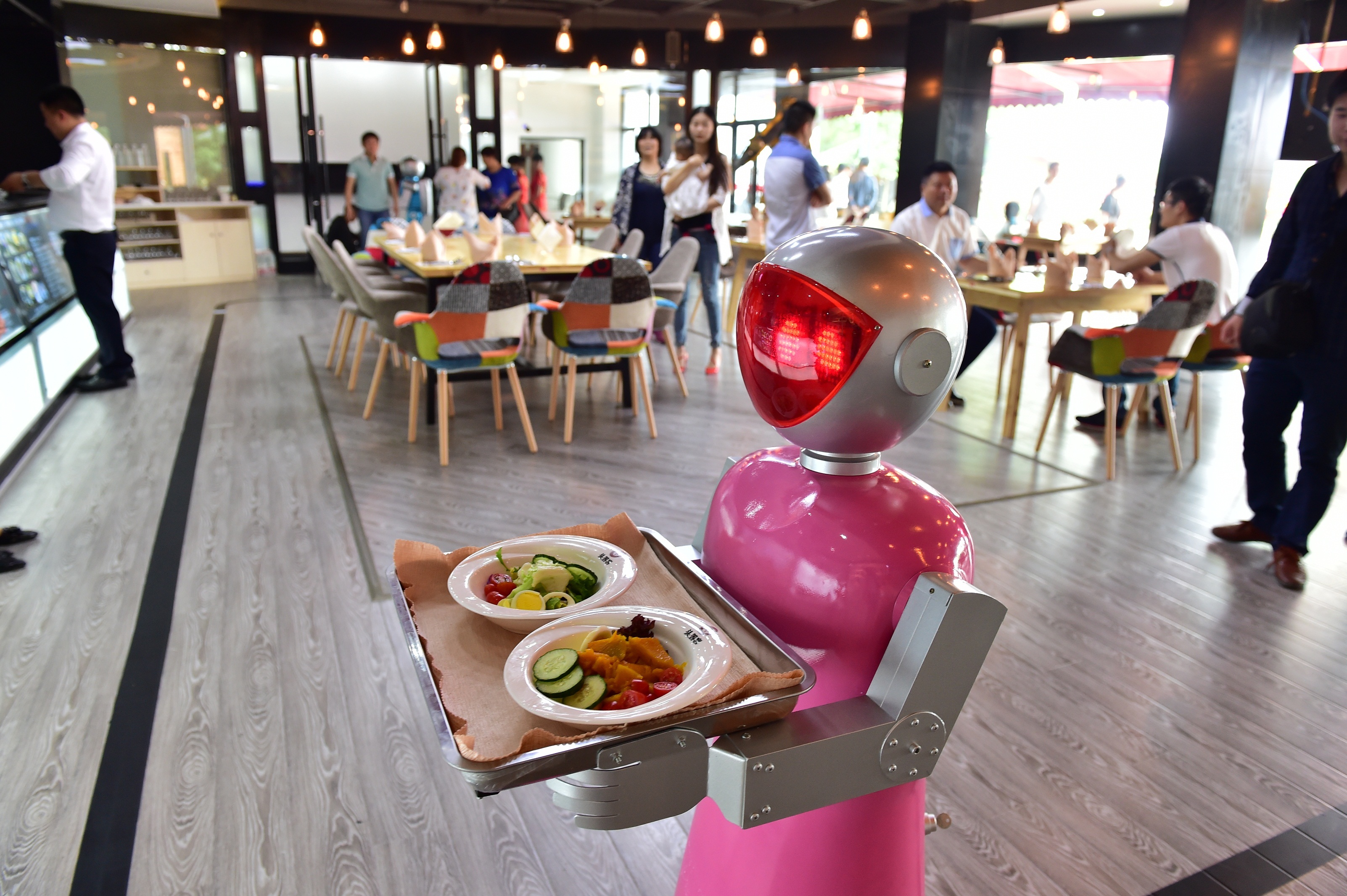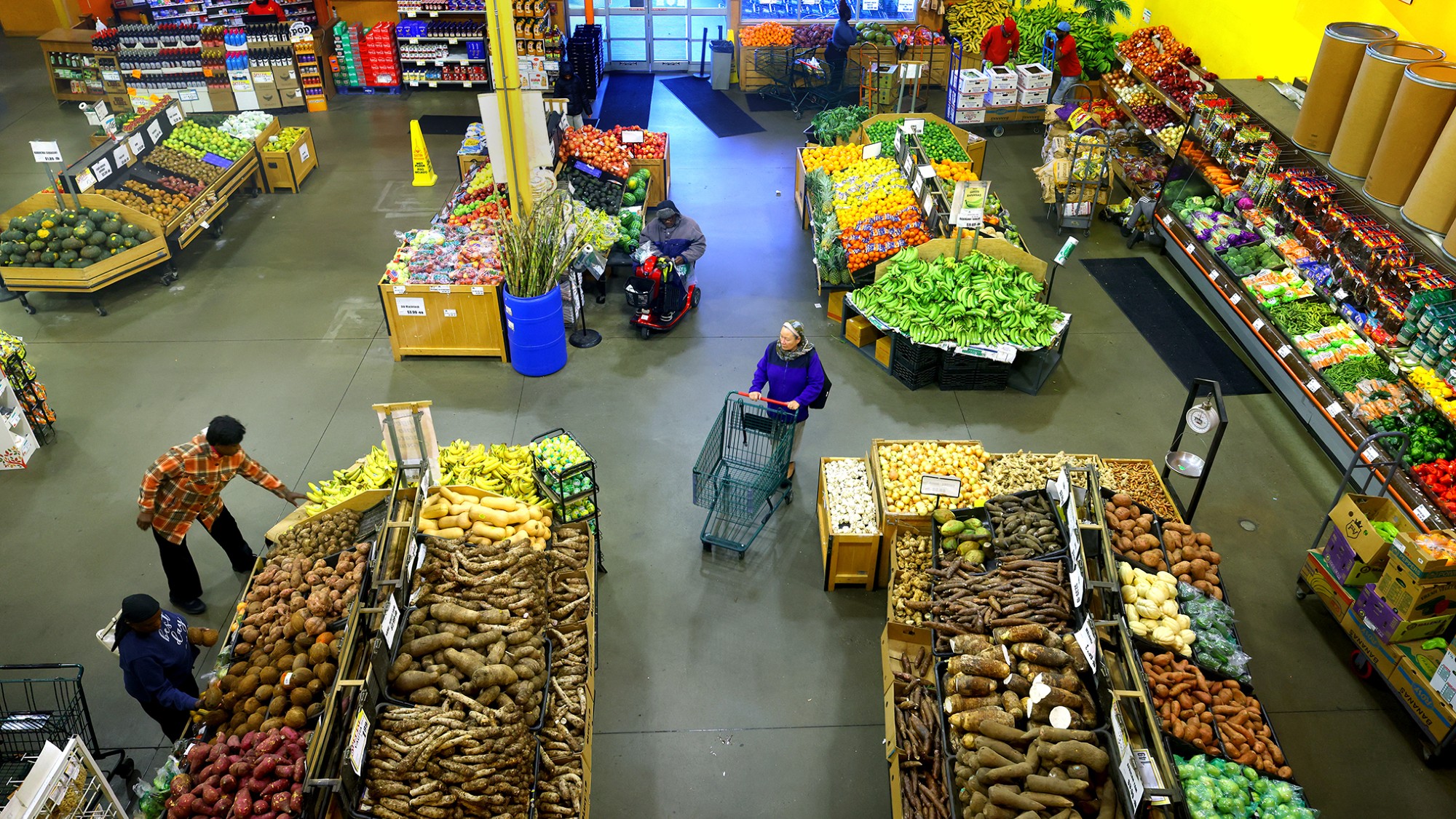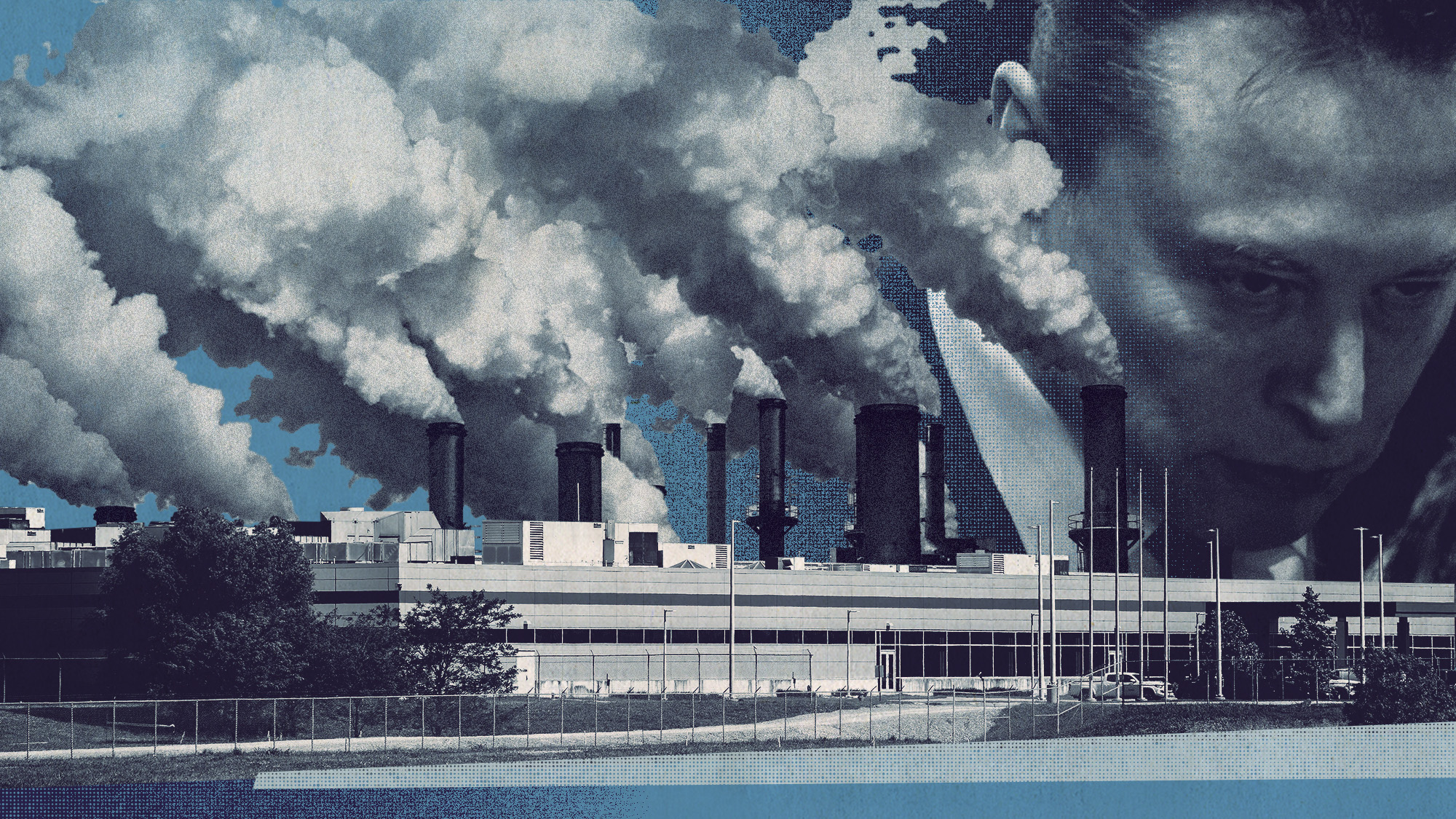Robots to replace one in five workers by 2030
Study reveals which UK constituencies have most at-risk jobs

One in five workers risk losing their jobs to automation by 2030, a new report warns.
Workers who hold jobs in manufacturing, transport and storage are most vulnerable to losing their job to robotised systems, according to the study by think tank Future Advocacy, which focused on the potential impact at local level in the UK’s 650 constituencies.
Shadow chancellor John McDonnell’s Hayes and Harlington constituency has the highest portion of “high-risk jobs”, the report says, with a total of 39.3% of 92,150 workers in danger of losing their job to robots by 2030.
The Week
Escape your echo chamber. Get the facts behind the news, plus analysis from multiple perspectives.

Sign up for The Week's Free Newsletters
From our morning news briefing to a weekly Good News Newsletter, get the best of The Week delivered directly to your inbox.
From our morning news briefing to a weekly Good News Newsletter, get the best of The Week delivered directly to your inbox.
Meanwhile, Labour’s Ian Murray has the lowest portion of high-risk jobs in his Edinburgh South constituency, at just 21.8%.
But the population doesn’t seem too troubled by the rise of robots, the report claims. Only 2% of a sample of more than 2,000 people classed themselves as “very worried” about losing their jobs to automated systems.
However, says The Guardian, opinions about the overall impact of the artificial intelligence revolution remains “divided”.
“Optimists have said that the lesson from history is that technological change leads to more jobs being created than destroyed,” the newspaper says, “while pessimists have argued that AI (artificial intelligence) is different because the new machines will be able to do intellectual as well as routine physical tasks.”
A free daily email with the biggest news stories of the day – and the best features from TheWeek.com
Future Advocacy’s report urges the Government to create “targeted strategies” that “address future job displacement”. These strategies could include “supporting businesses to retrain employees”, as well as offering “financial and psychological support to people impacted”.
It also calls for improvements to the education system to “maximise the opportunities and minimise the risks created by AI”.
-
 Homes with great fireplaces
Homes with great fireplacesFeature Featuring a suspended fireplace in Washington and two-sided Parisian fireplace in Florida
-
 Is $140,000 the real poverty line?
Is $140,000 the real poverty line?Feature Financial hardship is wearing Americans down, and the break-even point for many families keeps rising
-
 Film reviews: ‘The Secret Agent’ and ‘Zootopia 2’
Film reviews: ‘The Secret Agent’ and ‘Zootopia 2’Feature A Brazilian man living in a brutal era seeks answers and survival and Judy and Nick fight again for animal justice
-
 Separating the real from the fake: tips for spotting AI slop
Separating the real from the fake: tips for spotting AI slopThe Week Recommends Advanced AI may have made slop videos harder to spot, but experts say it’s still possible to detect them
-
 Inside a Black community’s fight against Elon Musk’s supercomputer
Inside a Black community’s fight against Elon Musk’s supercomputerUnder the radar Pollution from Colossal looms over a small Southern town, potentially exacerbating health concerns
-
 Poems can force AI to reveal how to make nuclear weapons
Poems can force AI to reveal how to make nuclear weaponsUnder The Radar ‘Adversarial poems’ are convincing AI models to go beyond safety limits
-
 Spiralism is the new cult AI users are falling into
Spiralism is the new cult AI users are falling intoUnder the radar Technology is taking a turn
-
 AI agents: When bots browse the web
AI agents: When bots browse the webfeature Letting robots do the shopping
-
 Is AI to blame for recent job cuts?
Is AI to blame for recent job cuts?Today’s Big Question Numerous companies have called out AI for being the reason for the culling
-
 ‘Deskilling’: a dangerous side effect of AI use
‘Deskilling’: a dangerous side effect of AI useThe explainer Workers are increasingly reliant on the new technology
-
 AI models may be developing a ‘survival drive’
AI models may be developing a ‘survival drive’Under the radar Chatbots are refusing to shut down